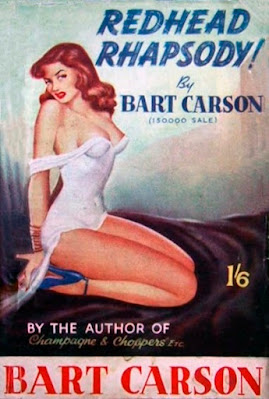The fourth volume in Will Murray’s continuing series THE WILD ADVENTURES OF SHERLOCK HOLMES returns, for the most part, to more traditional yarns featuring the esteemed detective and his friend and colleague Dr. Watson. The previous volume presented stories with a supernatural and/or science fictional angle, but there are only two such in this collection.
Murray, of course, has nailed the style of Arthur Conan Doyle’s original tales, or at least it seems so to me although I’m no real expert on the subject. I really enjoyed every story in this volume, but here are a few favorites:
In “The Improbable Misadventure of the Blackish Bottle”, Holmes discovers an unexpected murder weapon hidden in his own quarters at 221B Baker Street. This ties in with Arthur Conan Doyle’s original Holmes story “The Adventure of the Musgrave Ritual.”
“The Conundrum of the Absent Cranium” has Holmes seeking to solve the mystery of a murder victim found without, you guessed it, his head.
“The Second Adventure of the Five Orange Pips” is a sequel to “The Adventure of the Five Orange Pips”, of course, and is a worthy successor to that classic tale.
Also in the original Five Orange Pips story, Doyle makes mention of an unrecorded Holmes case involving something called the Paradol Chamber. In “The Difficult Ordeal of the Paradol Chamber”, Will Murray records that adventure, and a truly creepy and harrowing one it is. Holmes himself narrates most of it since the action took place without Dr. Watson’s presence. This is a great story, my favorite in this volume, and the basis for the fine cover art by Gary Carbon.
The supernatural does figure in the final two stories, “The Impossiblity of the Premature Postmortem Message” and “The Disquieting Adventure of the Murmuring Dell”. Algernon Blackwood’s occult detective character Dr. John Silence is mentioned in the first of these and appears in the second one. “The Impossibility of the Premature Postmortem Message” involves spiritualism, a subject of much interest to Doyle that formed the basis for his third Professor Challenger novel THE LAND OF MIST. I remember reading that book many years ago, and after the hard-headed scientific adventures of Challenger in the first two books, the mysticism of THE LAND OF MIST really took me by surprise. I recall enjoying it a great deal, though, as I did all of Professor Challenger’s appearances. Murray having Sherlock Holmes tackle the subject is intriguing and very effective. “The Disquieting Adventure of the Murmuring Dell” is another very creepy tale. Disquieting, indeed.
If you’re a Sherlock Holmes fan, this is a fine addition to a very good series. I give this fourth volume of THE WILD ADVENTURES OF SHERLOCK HOLMES a strong recommendation. It's available in trade paperback and e-book editions on Amazon.












